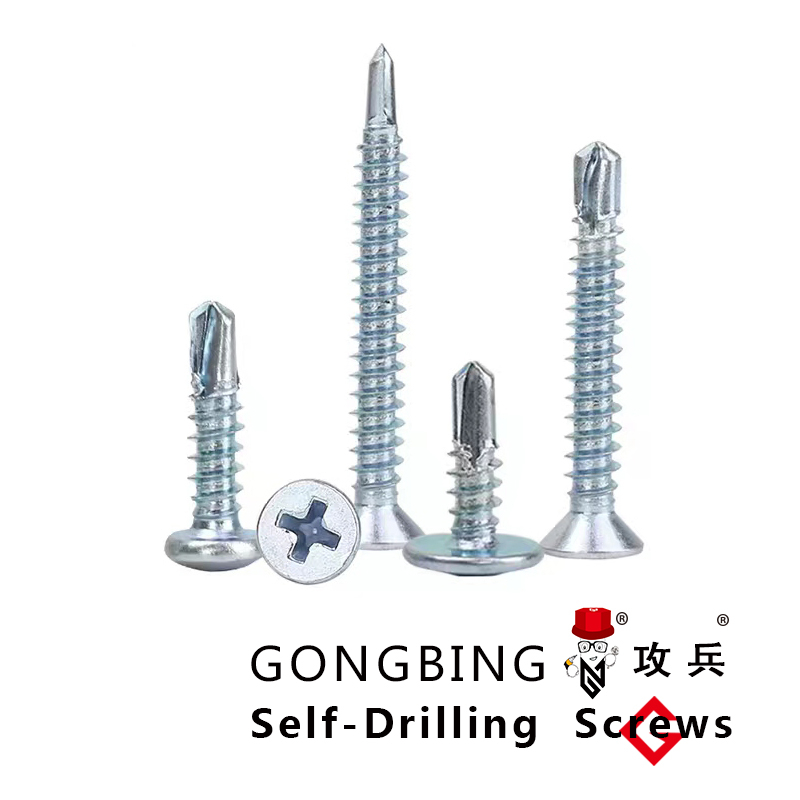Stainless Steel Support Structures for Enhanced Durability and Stability in Construction Applications
The Role of Stainless Steel Bracing in Modern Construction
In recent years, the construction industry has witnessed a significant shift towards employing advanced materials and methods to enhance the integrity and longevity of structures. One such innovation is stainless steel bracing, a reliable and robust solution that has gained prominence in various construction applications. As the demand for durable and corrosion-resistant materials continues to rise, stainless steel bracing stands out as a favorable option due to its unique properties and benefits.
Understanding Stainless Steel Bracing
Stainless steel bracing refers to the use of stainless steel elements in braces, which provide stability and support to structures such as buildings, bridges, and towers. These braces are strategically placed to resist bending and lateral forces, effectively enhancing the overall performance of the structure. The stainless steel alloys used in bracing are specifically designed to resist corrosion, making them ideal for harsh environmental conditions, including coastal regions and areas with high humidity.
Key Benefits of Stainless Steel Bracing
1. Corrosion Resistance One of the standout properties of stainless steel is its inherent resistance to corrosion. Unlike traditional carbon steel, which can rust and weaken over time, stainless steel maintains its structural integrity even when exposed to moisture and other corrosive agents. This characteristic prolongs the lifespan of the bracing system, ensuring that structures remain safe and secure for years to come.
2. Strength and Durability Stainless steel possesses impressive tensile strength, allowing it to withstand considerable loads and stresses. This strength is particularly crucial in high-rise buildings and bridges, where the bracing must endure strong winds and seismic activities. The durability of stainless steel bracing not only enhances the safety of structures but also reduces maintenance costs over time.
3. Aesthetic Appeal Beyond its functional benefits, stainless steel boasts an appealing finish that can enhance the overall aesthetic of a building. Architects and designers often choose stainless steel bracing for its sleek and modern look, which can seamlessly blend with various architectural styles. This versatility allows for creative freedom in structural design without compromising safety and integrity.
stainless steel bracing

4. Sustainability As sustainability becomes a key consideration in construction, stainless steel bracing provides an eco-friendly alternative. Stainless steel is 100% recyclable, which aligns with the construction industry's goals to minimize its environmental footprint. The long lifespan of stainless steel products also means that fewer resources are needed for replacement and maintenance, contributing to a more sustainable building approach.
Applications in Construction
Stainless steel bracing finds application in a variety of structural scenarios. In seismic design, for example, stainless steel braces can effectively absorb and dissipate energy during an earthquake, reducing the risk of collapse. They are also commonly used in industrial buildings, where heavy-load-bearing capabilities are essential. Additionally, structures that require enhanced wind resistance, such as skyscrapers and tall towers, greatly benefit from the integration of stainless steel bracing systems.
Challenges and Considerations
While stainless steel bracing offers numerous advantages, it is essential to consider certain challenges. The initial cost of stainless steel materials is typically higher than that of carbon steel, which may deter some projects. However, when assessed over the structure's lifespan, the investment in stainless steel can prove economically beneficial due to reduced maintenance and repair needs.
Moreover, proper design and installation are critical to maximizing the benefits of stainless steel bracing. Engineers must ensure that the bracing system is appropriately configured to suit the specific load requirements and environmental conditions of each project.
Conclusion
In conclusion, stainless steel bracing plays a vital role in the modern construction industry, offering a combination of strength, durability, aesthetic appeal, and corrosion resistance. As structures face increasing demands from environmental factors and the need for sustainable solutions, stainless steel bracing emerges as an essential component in ensuring safety and longevity. By adapting to contemporary challenges, this innovative material continues to revolutionize the way we approach construction, paving the way for resilient and enduring structures that stand the test of time.
-
Wedge Anchor Bolts: Secure Fastening SolutionsАхборAug.05,2025
-
Insulation Fixings: Secure and Durable SolutionsАхборAug.05,2025
-
Full Threaded Studs: Versatile Fastening SolutionsАхборAug.05,2025
-
Expanding Fasteners: Secure and Reliable SolutionsАхборAug.05,2025
-
Butterfly Toggle Anchors: Secure and Easy to UseАхборAug.05,2025
-
Bracing Solutions for Steel StructuresАхборAug.05,2025
